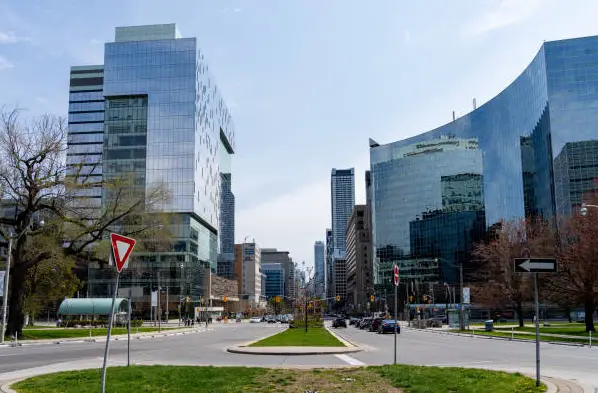Navigating the Canadian healthcare system involves understanding waiting times for non-emergency medical procedures. The duration can vary based on procedure complexity, urgency, and regional healthcare policies. This guide delves into the nuanced landscape of waiting times across Canada, examining how different provinces, healthcare facilities, and specialist availability impact scheduling.

Whether you're a resident or visitor, gaining insights into the dynamics of waiting times ensures informed decision-making and a smoother healthcare experience in Canada. Here are some key points to consider:
Procedure Complexity:
The waiting time often depends on the complexity of the medical procedure. Non-emergency procedures with a higher level of complexity or specialized equipment may have longer waiting lists.

Priority and Urgency:
Patients are prioritized based on medical need. Urgent cases are typically scheduled sooner than elective procedures. Non-emergency procedures may have varying wait times depending on the perceived urgency of the medical condition.
Read more: What are the common medical tests and screenings required for treatment in Canada?
Province or Territory:
Healthcare is managed at the provincial and territorial level in Canada, and each jurisdiction may have its own healthcare system and policies. Waiting times can differ significantly from one province or territory to another.
Healthcare Facility:

The type of healthcare facility where the procedure is performed can influence waiting times. Larger hospitals or specialized clinics may have different wait times compared to smaller facilities.
Specialist Availability:
Access to specialists can impact the waiting time for certain procedures. If a procedure requires the expertise of a specific specialist, the availability of that specialist may influence the scheduling of the procedure.
Read more: How do I navigate the Canadian healthcare system as a foreigner?
Government Initiatives:
Some provinces and territories in Canada have implemented initiatives to address and reduce waiting times. These initiatives may include increased funding, improved efficiency in healthcare delivery, and strategies to prioritize certain procedures.
Patient Choice:

In some cases, patients may have the option to choose where they receive their medical care. This choice can affect waiting times, as certain facilities or healthcare providers may have shorter or longer queues.
Communication with Healthcare Providers:
Patients are encouraged to communicate openly with their healthcare providers about their medical condition and the potential waiting time for a procedure. Providers can offer insights into the expected timeline and discuss alternative options if applicable.
Read more: What is the process for obtaining a medical second opinion in Canada?
Final words:
It's important to note that while Canada's healthcare system provides essential services, waiting times for non-emergency procedures have been a topic of discussion. In some instances, individuals may choose to explore private healthcare options if they wish to expedite the process. For the most accurate and up-to-date information on waiting times, it is advisable to consult the respective healthcare providers in the specific province or territory where they seek medical care.
